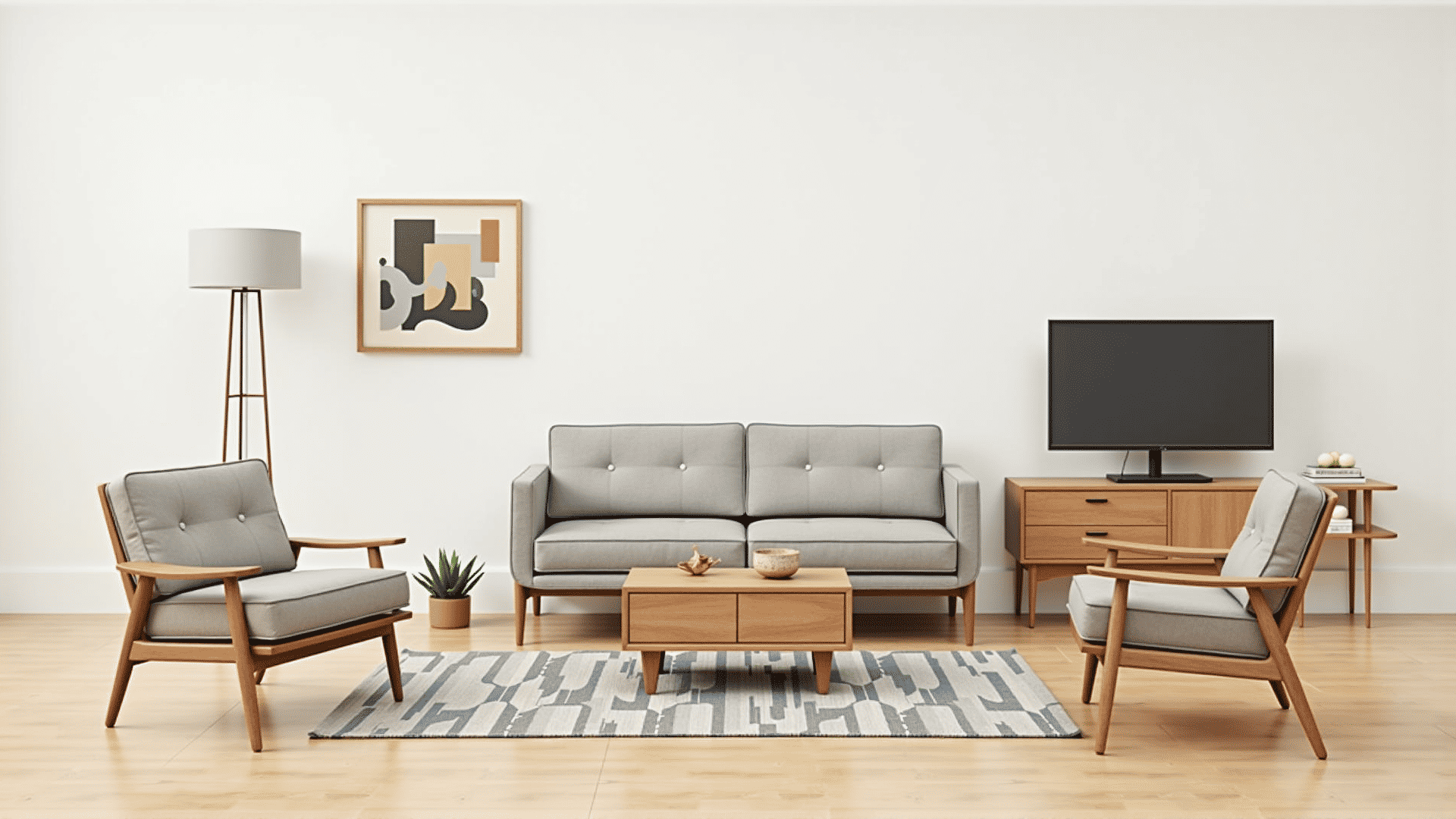Mid-Century Modern design, often celebrated for its elegant simplicity and focus on functional beauty, emerged as a defining style of the mid-20th century. This pivotal period in design history coincided with significant cultural and technological shifts, capturing the spirit of a post-war world eager for a brighter, more innovative future.
At the heart of Mid-Century Modern furniture is a commitment to clean lines and uncluttered spaces. These designs prioritize functionality without sacrificing aesthetic appeal. The use of natural materials like wood is a hallmark of this style, often combined with new materials developed during the era, such as plastic, metal, and glass. This fusion represents the era's optimistic embrace of progress and innovation.
Additionally, color choices in Mid-Century Modern pieces often reflect the era's bold confidence. Vibrant hues and striking patterns are balanced with neutral tones to create a harmonious yet dynamic visual impact. This thoughtful use of color not only adds to the aesthetic charm but also augments the sense of openness and lightness within a space.
The design principles championed during this period often drew inspiration from the minimalist styles of the Bauhaus movement and the organic influences of Scandinavian design. This international dialogue led to the creation of iconic furniture items that remain timeless. Pieces such as the Eames Lounge Chair or the Noguchi Table exemplify the seamless integration of form and function that defines this design era.
The appeal of Mid-Century Modern design extends beyond its visual aspects. It encapsulates a philosophy that prioritizes quality craftsmanship and enduring value. This is reflected in the timelessness of many of the pieces, which continue to be revered and celebrated for their innovation and elegance.
In contemporary times, the influence of Mid-Century Modern design remains prevalent. Its timeless qualities allow for seamless integration into various interiors, from traditional to contemporary. By embracing this style, one can appreciate not only the beauty of the furniture but also the rich history and forward-thinking ideals that shaped its creation.
This design movement is more than just a visual aesthetic; it is a reflection of a transformative era that leveraged technology and creativity to reshape the way we live and interact with our surroundings. Mid-Century Modern continues to inspire, offering a window into an era that celebrated the harmony between innovation and simplicity.
